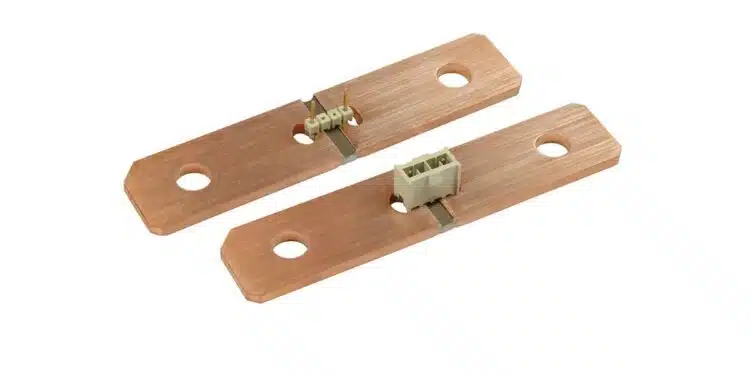Vishay Intertechnology, Inc. introduced a new series of AEC-Q200 qualified Power Metal Strip® shunt resistors with industry-low TCR down to ± 10 ppm/°C.
For automotive, energy, industrial, and space applications, Vishay Dale WSBE series shunt resistor offer extremely low resistance values down to 15 mW and high power ratings to 50 W.
The ultra low TCR performance of the devices released today results from a combination of their solid metal resistive element and patented TCR mitigation technology.
This unique design results in a mitigated TCR, while eliminating the need for temperature compensation and simplifying the calibration needed to a two-point process. It also simplifies the compensation software needed and reduces the number of components required to account for temperature shifts, which saves space and simplifies designs and product development to reduce costs and increase accuracy.
Offered in the 8518 and 8536 case sizes, WSBE series devices feature a proprietary processing technique that produces their extremely low resistance values. Combined with high power ratings and lifetime stability of 1 %, the result is a high current resistor that can handle up to 1825 A with no noticeable resistance shift.
The WSBE series is designed for current measurement in battery management systems (BMS), in which it helps eliminate the need for temperature sensing and software calibration during production.
The devices are ideal for charging infrastructure for electric (EV) and hybrid electric (HEV) vehicles such as golf cart and motorcycles. Additional applications include energy monitoring and metering systems, large battery systems, battery-backup for UPS, inverters for industrial motor drives and tools, and satellites.
Featuring an all-welded construction, the resistors offer low inductance values of < 5 nH, low thermal EMF down to < 1.25 µV/°C, and an operating temperature range of -65 °C to +170 °C. The devices are RoHS-compliant, halogen-free, and Vishay Green.
Specification
| Part number | WSBE8518 | WSBE8536 |
| Size | 8518 | 8536 |
| Power rating P70 °C | 36 W | 50 W |
| Tolerance | ± 5 % | |
| Resistance range | 30 µΩ to 100 µΩ | 15 µΩ to 50 µΩ |
| TCR | ± 10 ppm/°C | |
| Temperature range | -65 °C to +170 °C | |
| Thermal EMF | < 1.25 µV/°C | |






























